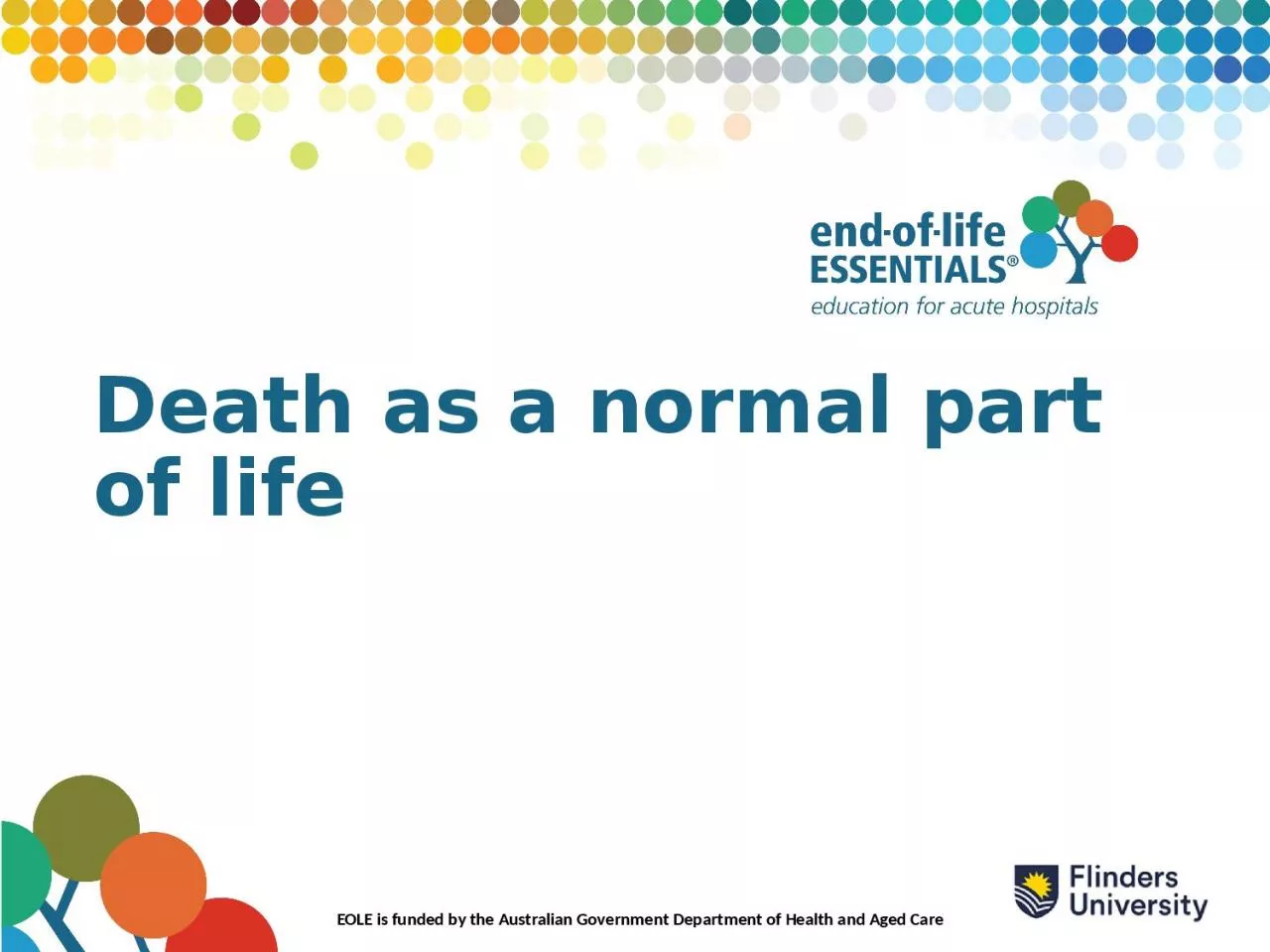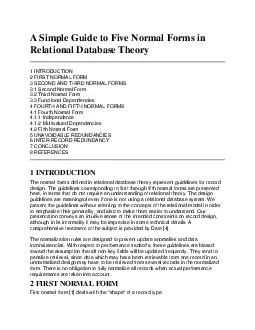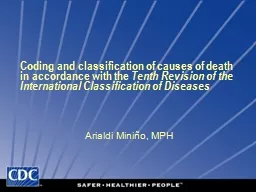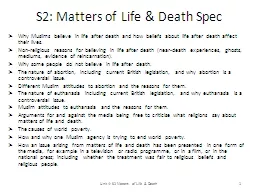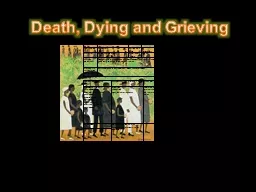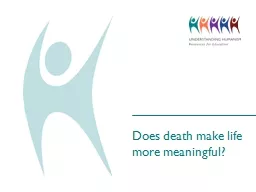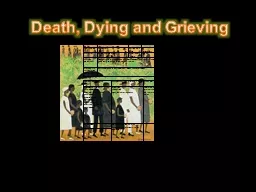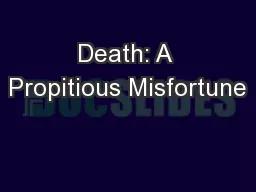PPT-Death as a normal part of life
Author : elyana | Published Date : 2024-03-13
EOLE is funded by the Australian Government Department of Health and Aged Care From the Dying A Normal part of Life Module See the accompanying Seminar Notes and
Presentation Embed Code
Download Presentation
Download Presentation The PPT/PDF document "Death as a normal part of life" is the property of its rightful owner. Permission is granted to download and print the materials on this website for personal, non-commercial use only, and to display it on your personal computer provided you do not modify the materials and that you retain all copyright notices contained in the materials. By downloading content from our website, you accept the terms of this agreement.
Death as a normal part of life: Transcript
Download Rules Of Document
"Death as a normal part of life"The content belongs to its owner. You may download and print it for personal use, without modification, and keep all copyright notices. By downloading, you agree to these terms.
Related Documents

